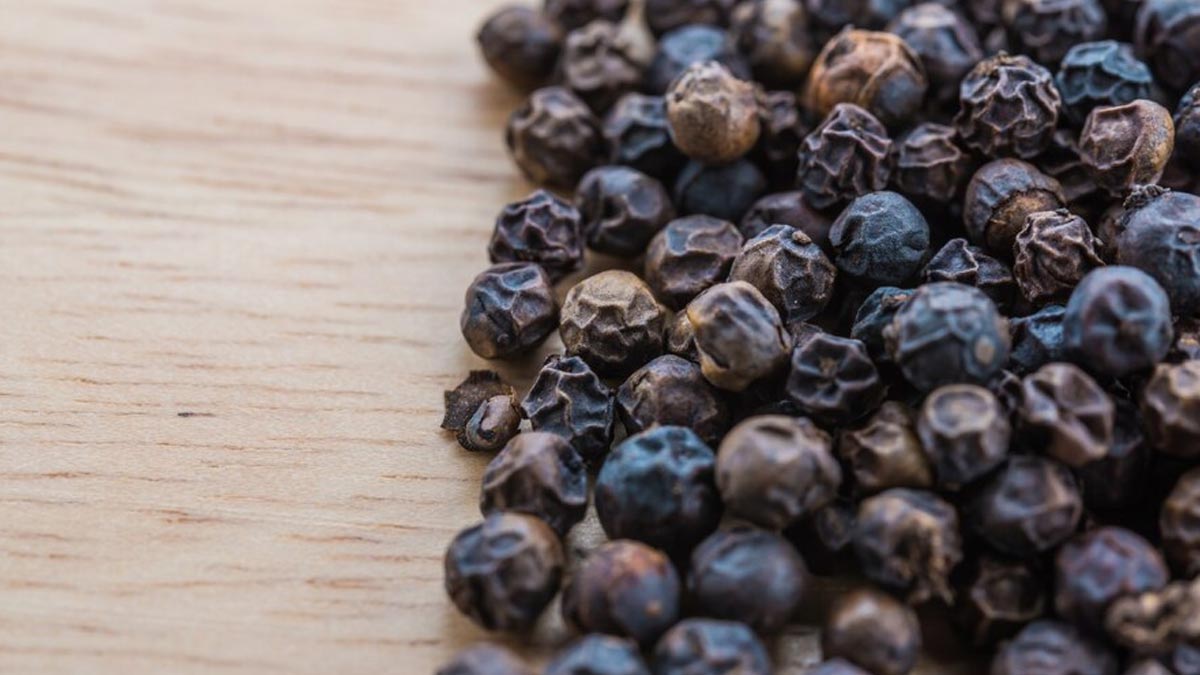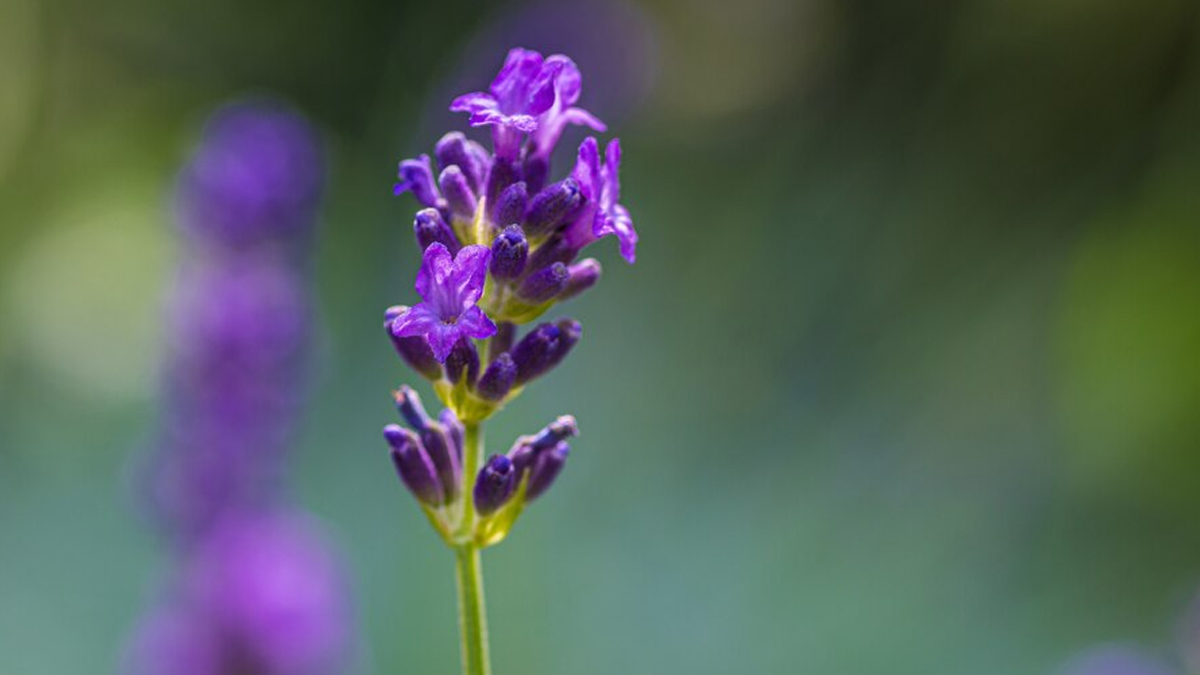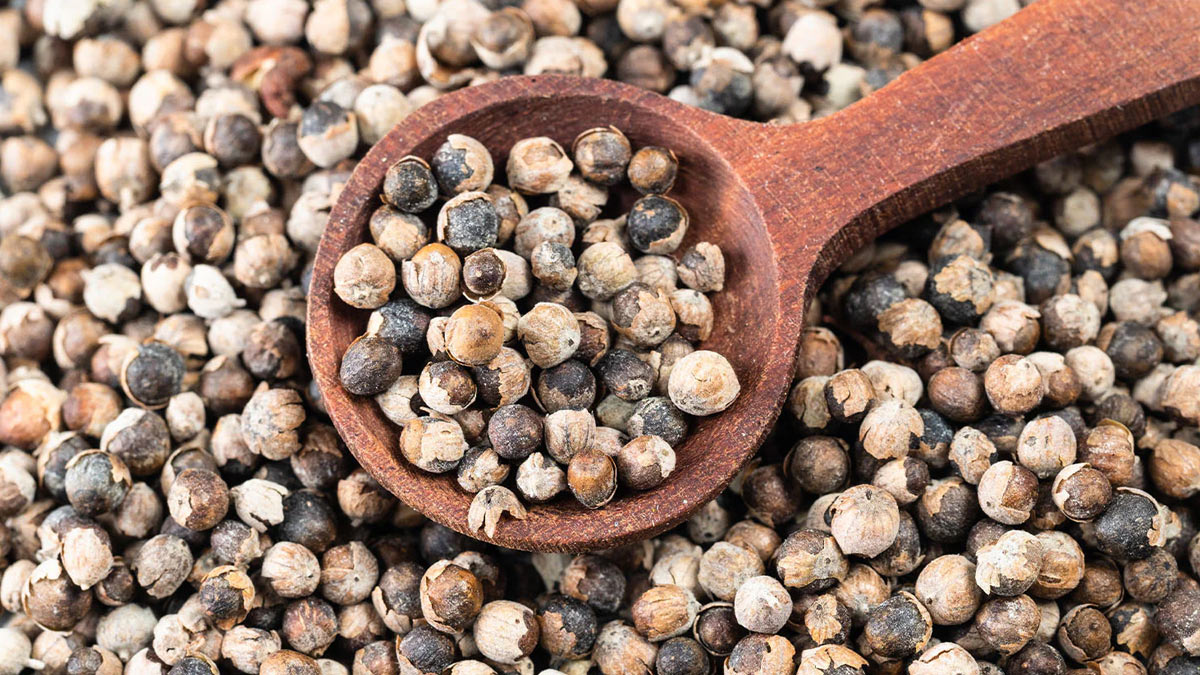
Chasteberry, also known as vitex agnus-castus, is a herb with a long history of use in traditional medicine, particularly for women's health concerns. Native to the Mediterranean region and western Asia, chasteberry is derived from the dried fruit of the chaste tree. While research is ongoing, some studies suggest chaste berries may offer a natural approach to managing various hormonal imbalances in women.
Table of Content:-
Health Benefits of Chasteberry
Here's a closer look at some of the potential health benefits associated with chaste berries:
Premenstrual Syndrome (PMS)
PMS is a constellation of symptoms experienced by many women in the days leading up to their menstrual period. These symptoms can include mood swings, irritability, bloating, cramps, and breast tenderness.
According to a study led by the University of Szeged, chasteberry may help regulate hormone levels, potentially alleviating some PMS symptoms. The study published in the journal Complementary Therapies in Medicine analysed data from multiple studies and found that chasteberry was as effective as some medications in reducing PMS symptoms.

Menstrual Cycle Regulation
Chasteberry may also be beneficial for women experiencing irregular menstrual cycles. By potentially influencing hormone production, chasteberry may help regulate ovulation and normalise menstrual patterns. However, more research is needed to definitively confirm this benefit.
Menopausal Symptoms
Menopause, the natural cessation of menstruation, can bring about a range of physical and emotional changes. Hot flashes, night sweats, vaginal dryness, and mood swings are some common complaints. According to a study published in the Korean Journal of Family Medicine, chasteberry may help alleviate menopausal symptoms, particularly hot flashes.
Breast Pain (Mastalgia)
Cyclical breast pain, often associated with hormonal fluctuations during the menstrual cycle, can be a bothersome symptom for many women. Chasteberry may help regulate these hormonal fluctuations, potentially reducing breast pain. A study published in the Journal of Women's Health found that chasteberry was effective in reducing cyclical breast pain compared to a placebo.
Also Read: Here Are 10 Lifestyle Issues That May Be Causing Your Hormonal Imbalance

How Does Chasteberry Work?
The exact mechanism by which chasteberry exerts its effects is not fully understood. However, some theories suggest it may work by:
- Promoting Progesterone Production: Progesterone is a key hormone involved in the menstrual cycle. Chasteberry may help stimulate the pituitary gland, which in turn, can influence the production of progesterone by the ovaries.
- Balancing Estrogen and Progesterone Levels: Maintaining a healthy balance between estrogen and progesterone is crucial for regulating the menstrual cycle and managing PMS symptoms. Chasteberry may help regulate this balance by influencing hormone production.
- Dopamine Regulation: Dopamine is a neurotransmitter that plays a role in mood regulation. Chasteberry may influence dopamine levels, potentially contributing to improved mood and reduced PMS symptoms.
Also Read: Here’s What You Should Include In Your Diet To Maintain Hormonal Balance
If you're considering using chasteberry for any health concern, it's essential to consult with your doctor or a qualified healthcare professional. They can discuss your individual needs, assess any potential risks or interactions with your current medications, and recommend the appropriate dosage.
Chasteberry offers a natural approach to managing some women's health concerns. While research is ongoing, some studies suggest it may be beneficial for PMS, menstrual cycle regulation, menopausal symptoms, and cyclical breast pain. However, it's vital to discuss its use with your doctor to determine if it's right for you and to ensure safe and effective use. Remember, chasteberry is not a replacement for conventional medical treatment, and it's always best to work with your healthcare provider to address any underlying health issues.
Also watch this video
How we keep this article up to date:
We work with experts and keep a close eye on the latest in health and wellness. Whenever there is a new research or helpful information, we update our articles with accurate and useful advice.
Current Version
